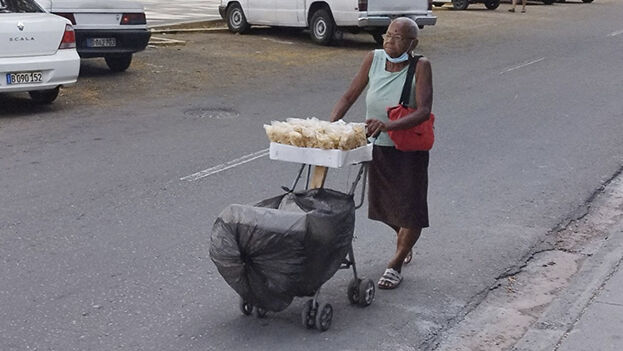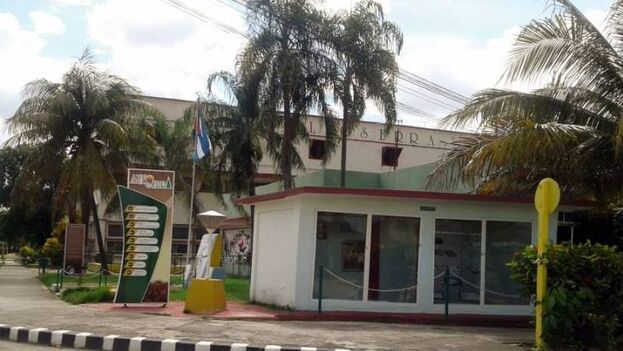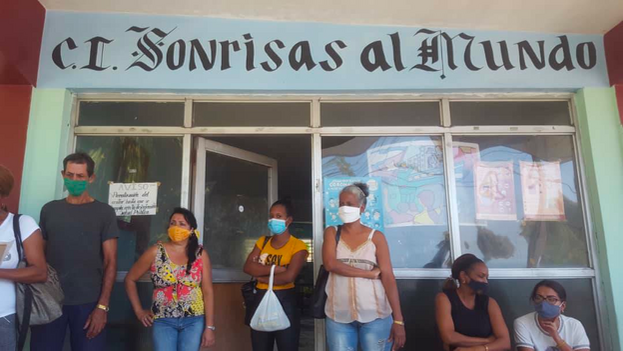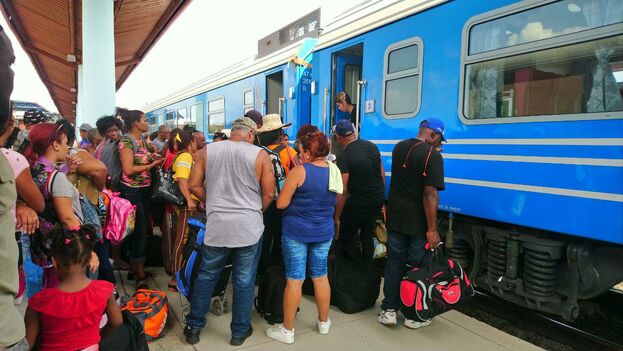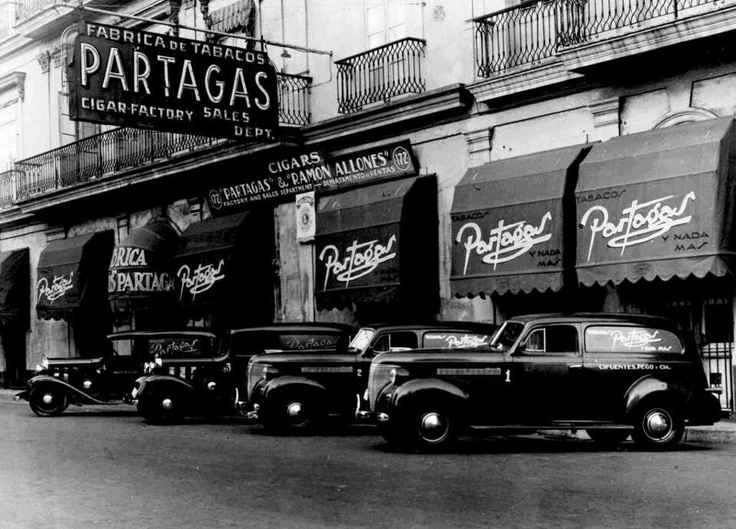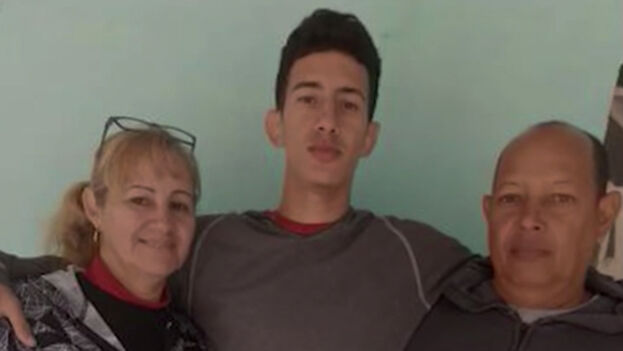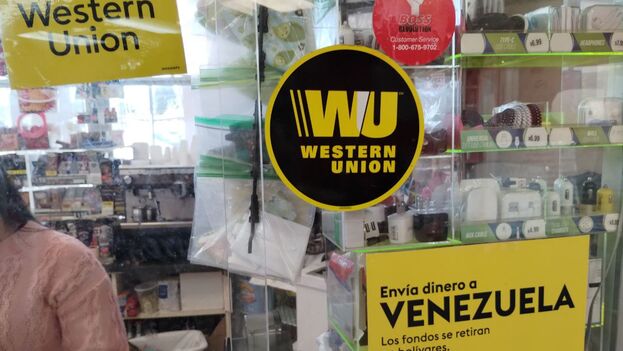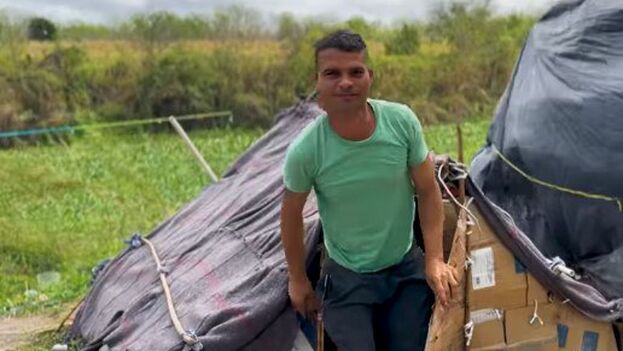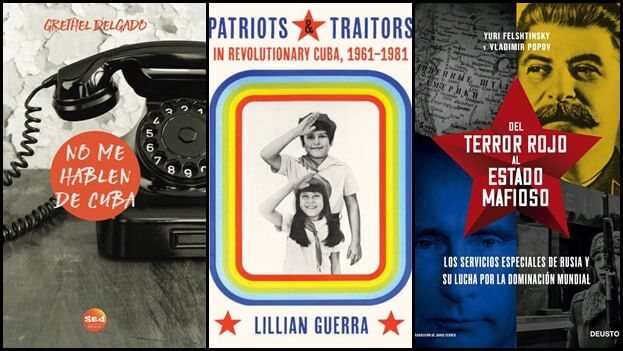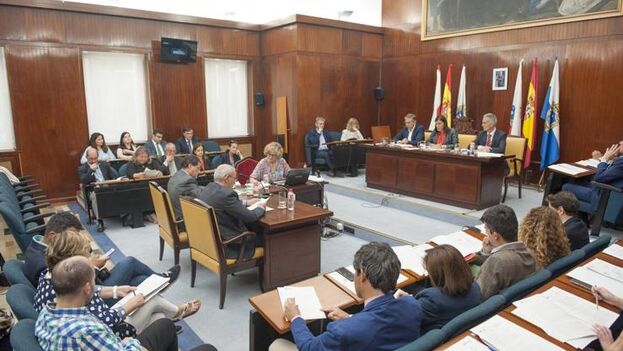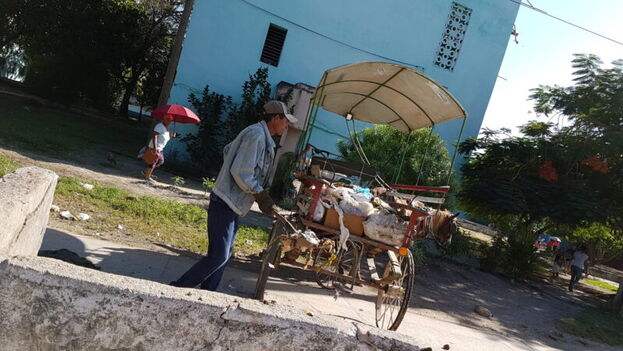
![]() 14ymedio, Havana, 3 March 2023 — Every morning, a fleet of 101 carretoneros [cart drivers] tries to empty the rubbish dumps and sweep up the debris of Las Tunas. This small city in eastern Cuba, with fewer than 170,000 inhabitants, produces 1,172,447 cubic feet of garbage a month. The Communal Services regrets not having more pickups — 146 additional carts would be needed to begin a thorough cleaning of the city — but they are not willing to pay the drivers more or improve the terms of their contract.
14ymedio, Havana, 3 March 2023 — Every morning, a fleet of 101 carretoneros [cart drivers] tries to empty the rubbish dumps and sweep up the debris of Las Tunas. This small city in eastern Cuba, with fewer than 170,000 inhabitants, produces 1,172,447 cubic feet of garbage a month. The Communal Services regrets not having more pickups — 146 additional carts would be needed to begin a thorough cleaning of the city — but they are not willing to pay the drivers more or improve the terms of their contract.
The carretoneros collect 86.2% of the garbage from Las Tunas, according to the authorities. The rest should be transported in trucks, but the provincial deputy director of Hygiene and Death Registration — Raúl Martínez Rodríguez — the same official who revealed the poor state of the funeral transport in the area — says that they don’t work either.
The hygiene of the province depends on the self-employed cart drivers, who are now fed up with the Government’s non-payments, the exaggerated taxes on their annual profit and the lack of resources to keep their carts in good condition. This doesn’t even count the difficulty of the work, which involves handling waste without the slightest protection.
The motto of the “rebel” cart drivers is eloquent about their exhaustion. They simply want to “earn more and sweat less.” continue reading
“I walk all day full of grime, with the risk of getting sick, because among the waste there are many things that can hurt you, and they check your papers over and over again,” one of the workers, who has already found an alternative in the private sector, told the official press. “Now, hired, with a couple of good carts in the day, or throwing rubble from a construction site, I’m doing well,” he says.
Workers could find working conditions more bearable if at least the Government adequately compensated them for their work. On the contrary, state taxes and controls — they must deliver 15% of their annual income — increase every year and cause a stampede into private business.
The cost of the license also went up, and the procedure has become more complex, which complicates the incorporation of workers. In addition, keeping a horse alive and fit on the Island is an “impossible” task, complain the cart drivers, who must get grass, accessories, hardware and parts to repair the cart, in addition to constantly protecting the horse from the gangs of illegal slaughterers that abound in the Cuban countryside.
Often, the State offers these types of supplies for sale, in addition to gloves, boots and work clothes, but since the drivers are self-employed, the authorities do not give them the right to buy.
The phrase, “I stopped working for Comunales,” is heard today in Las Tunas and other cities in Cuba. It is pronounced with a tone of relief and taken as a sign of prosperity in the trade.
Local officials, subjected to the national bureaucracy, are slow to contain the stampede of their workforce. The law allows, in theory, the “ability to make changes,” on which the hygiene of Las Tunas depends. Deputy Director Martínez, however, justifies himself: “To the obvious problems of lack of resources, social indisciplines are constantly added,” he says.
Martínez does not escape the rhetoric with which the bureaucracy of Communal Services describes its problems, which the cart drivers no longer want to hear. He claims to be working on a “scaled” and “progressive” payment system, although he admits to relying on “animal traction” in the face of the low “availability coefficient” of trucks. The situation, the local press admits, is “unbearable,” and the lack of flexibility toward the self-employed will cause more losses in the coming months.
With great discretion, the regime’s newspapers have addressed the “garbage crisis” on the Island in recent weeks. “Here, 50% of the garbage that is generated daily is not collected,” said an official reporter, speaking about the municipality of Habana del Este. Also, 800 workers and nine trucks — with “breaks, lack of parts, tires and gear boxes” — do not cover the hygienic demands of the area.
Other “overcrowded” municipalities in the capital have to wait 15 days before the Communal Services come to do their job. The solution, the journalist argues, is not to improve working conditions but to activate, with more severity, the “former inspectors.”
Translated by Regina Anavy
____________
COLLABORATE WITH OUR WORK: The 14ymedio team is committed to practicing serious journalism that reflects Cuba’s reality in all its depth. Thank you for joining us on this long journey. We invite you to continue supporting us by becoming a member of 14ymedio now. Together we can continue transforming journalism in Cuba.


